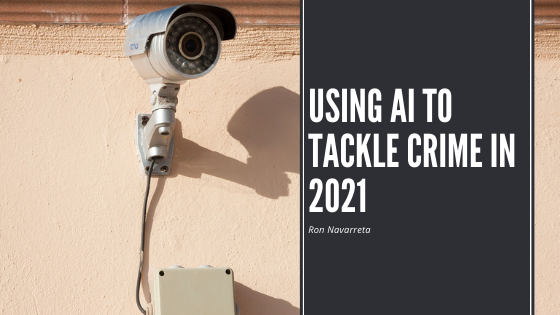The statistics on violent crime for 2020 proved what many people suspected. The combination of a fast-spreading global pandemic, a 10-month quarantine, social unrest, and unprecedented unemployment contributed to an increase in violent crimes across America, with urban areas being affected the hardest. Moving ahead to 2021, artificial intelligence is being touted as one way to help bring those numbers down.
AI is already being used in facial and vehicle recognition, but the groundbreaking changes will lie in AI’s ability to read and process big data. The enormous volume of data that law enforcement agencies are given is too massive for human-based analytics. With the advent of AI and machine learning, big data can now be deciphered and stored, old patterns can be detected, and future behavior can be predicted. Clearing up the backlog of data will help investigators focus on their work and solve cold cases, and digitized information will be much easier to research and use in a courtroom. In addition, AI will be able to combine all the mediums of recorded data into a single, standardized format that humans will be able to navigate.
Contrary to popular belief, AI-based systems will have the ability to protect peoples’ privacy and remain fair and ethical. This technology is designed to extract only pertinent information in order to solve crimes. This accountability and regulation will call for a new type of communication between government organizations and their training environments and transparency for the public’s good.
Predictive crime detection sounds like something from a sci-fi movie. Still, surveillance systems in public spaces are now tenfold, and video data analysis enables real-time detection and reporting of all suspicious activity. An algorithm could only read this influx of video-based data. AI is also able to spot crime as it occurs, sending assistance faster and potentially saving lives.
While it is true that AI and machine learning will use investigative analytics to predict potential future crime areas, enhanced law enforcement presence is not going to be driven by religion, race, or sex. The sites chosen will be data-driven and aimed at protecting potential future crime victims rather than perpetrators.

